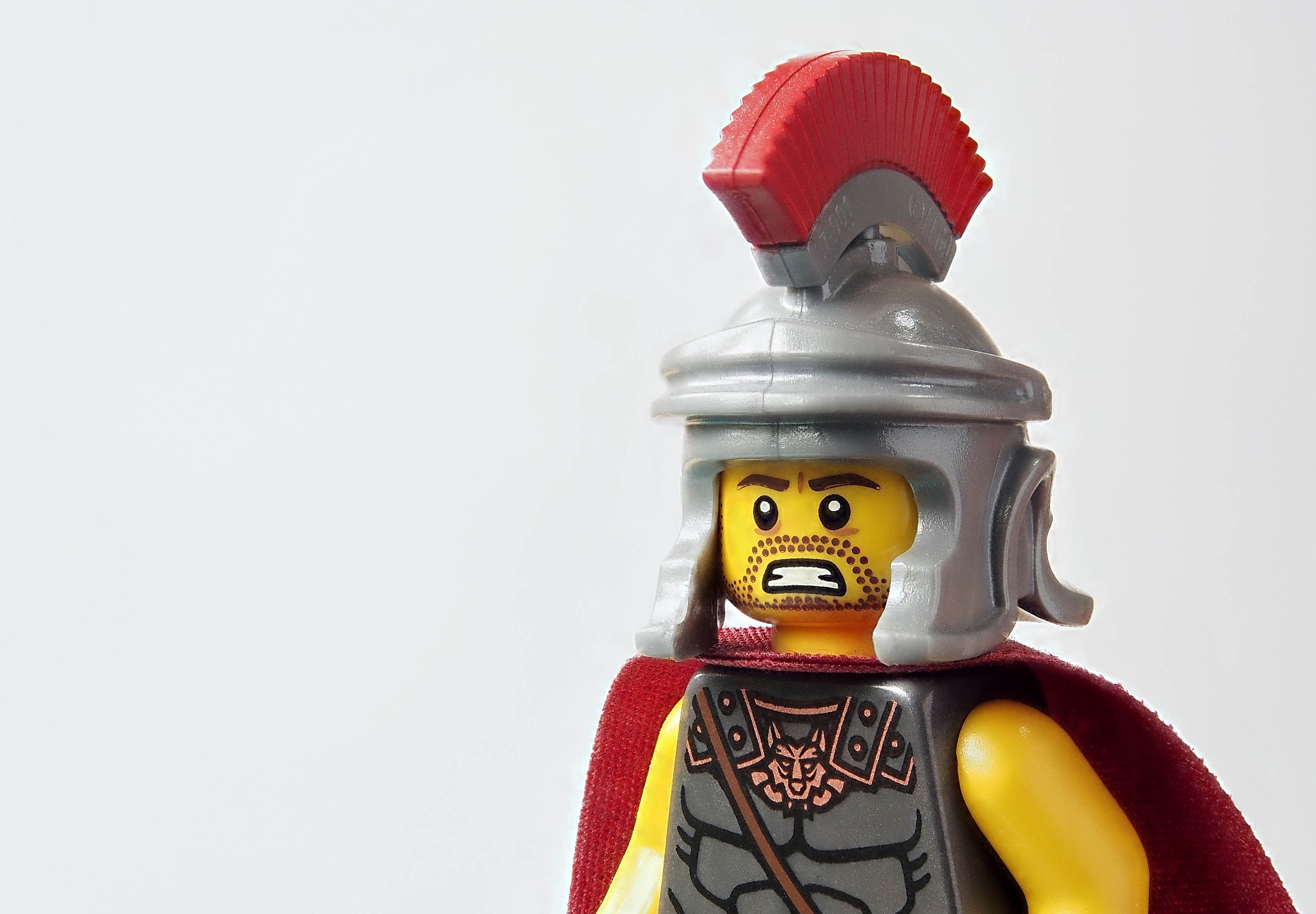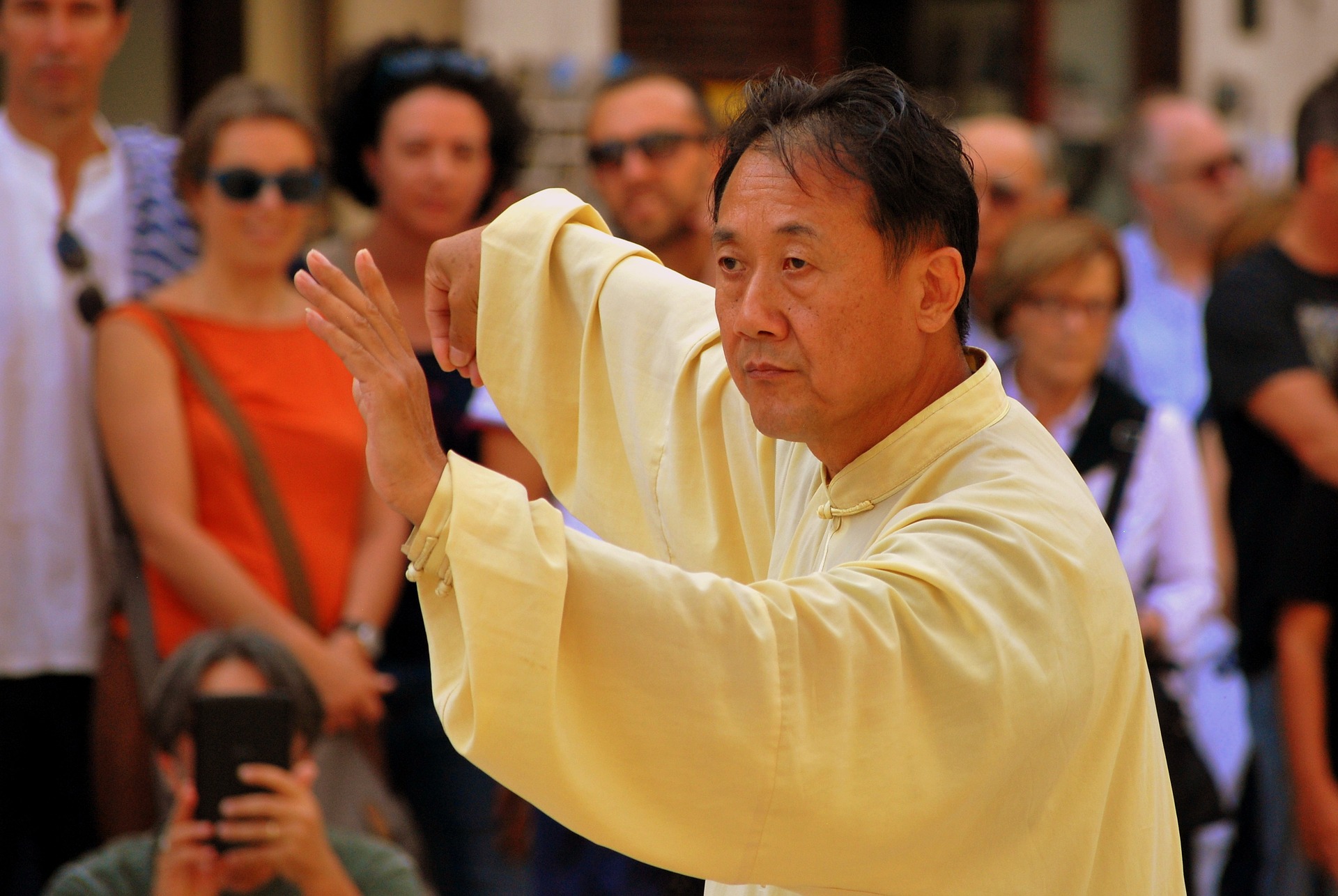Adding the right ingredients to your cooking determines whether or not your meal is a success. The same is true for martial arts training. Do you add the right skills to your routine? Do you focus too heavily on certain things?
Avoid practicing only the things you like to do or what you think you perform well. Mix up these ingredients and blend all your material into a healthy, tasty workout. It’s essential to work on those techniques you don’t like because they help the “taste” of other techniques.
The natural tendency is to practice the new material until you get more recent material. Once you get a “handle” on this new material, you let it sit. “Yeah, I know it. You taught that already. We did that last week.” Without practicing the “old” material, you’ll never develop the skills needed to defend yourself.
This concept is why intermediate level students workout with beginning level students. It reviews and polishes the foundation level material.
The early skills you learn at the white belt allow you to build a “knowledge” foundation. This foundation will enable you to learn more quickly, perform material correctly, and maintain skills longer.
Stances and punches are the building blocks for later material. Black belt level kata has horse stances, half-moon stances, and front punches. The advanced skills you have are the same as those of a beginner, performed at a higher level of competence.
When you perform a perfect horse stance to punch-block combination, you can build more techniques off of that. During kata instruction, the sifu can teach you the next part by say, “now, perform Combination 19 at this point to the northwest corner”. You can remember that more quickly since you have a repertoire of foundation skills to draw.
All the material taught is interrelated and interlocked. As you progress through the ranks, you’ll notice material appearing again and again. These new techniques explore the “other” possibilities that the foundation material alluded to in their explanation.
And now for the analogies:
Soup: You can relate techniques to the ingredients of the soup. As you add more and more ingredients, the first items you put into the pot settle to the bottom. If you don’t stir the soup occasionally, it will burn at the bottom. Soups are best if they simmer, cooked over time, just like martial arts skills.
House Building: Often, you hear martial arts described as building a house. The foundation materials (the basics) are the foundation and framework. Later material is analogous to the insulation, plumbing, and electrical wiring. Finally, the drywall is put up and painted. Your foundation needs to remain strong and steady throughout the process, or else the house will crumble. So to will you martial arts skills if you don’t maintain your basics.
Painting: Training can also be related to painting. When a master painter begins his piece, she’ll start with large areas of light and dark paint. The painter will then build these dark and light areas up with dark and light colors, respectively. Eventually, the image will become clear. The artist will never begin a painting by detailing the subject’s eye, nor will they start with the bark of a tree. Each step builds upon the ones before. The foundation paint allows the details and beauty to come out. As with martial arts, the foundation skills are seen, however subtly, in the advanced techniques.
“If you’re not getting better, you’re getting worse.” — Master Bagnas
You can take this quote in two ways. The first is an impetus to practice more. Second, practice all your material, or it will get worse.
Teaching material is a great way to improve fundamental skills. The best class for a black belt to teach is brand new students. They need to know everything in precise detail. As a teacher, the Black Belt needs to do each technique correctly every time. Not just some times, or often, but each time. That is the goal for all techniques, do them correctly every time. This perfection comes from repetition through practice.
Cycles and Cyclones
Always return to your foundation material. As you advance, you’ll return with a better understanding of the information. The new material will allow you to grow and improve. You’ll gain insight and skill. Once you reach that point, circle back and return to your foundation material, this time with a better understanding, continue this cycle over and over again. Each time, you’ll have more insight, a little further than when you were there before. This spiral is like a cyclone, always moving up, yet always returning.
Add the right ingredients and stir the soup of knowledge. Allow nothing to atrophy because you’ve worked too hard to get what you have.



